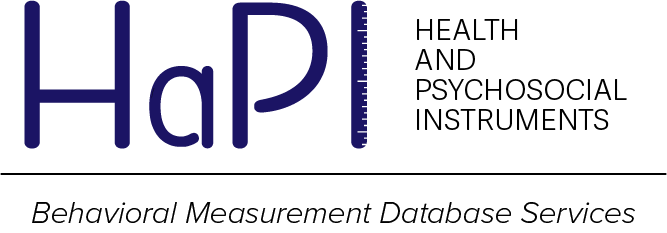Behavior Measurement Tools
What are Behavioral Measurement Tools?
Behavior
Measurement
Tools
Applications of Behavior Measurement Tools
In clinical settings, behavior measurement tools alone cannot provide a diagnosis but are a good starting point for better understanding the patient’s health, informing further treatment, or assessing the progress of current treatment. You can use them as a preliminary screening tool to detect a possible behavioral issue.
In educational and workplace settings, behavior assessment tools are reliable predictors of performance throughout the student or employee life cycle and can help to:
- Identify candidates who best fit the role, organization, and culture
- Minimize subjectivity and bias in the selection process
- Prevent bad hires and the ensuing waste of time and resources
- Shorten the recruitment process by automatically weeding out applicants
- Identify training, intervention, and promotion opportunities
- Create better individual, team, and leadership development programs
- Improve retention rates
How Do Behavior Measurement Tools Work?
Practitioners often combine behavior assessment tools with other health measurement tools such as interviews, written or oral tests, rating scales, lab tests, and physical examinations for a more holistic assessment. Most behavior measurement tools use Functional Behavioral Assessment (FBA) or the Five-Factor Model of Behavior.
Functional Behavioral Assessment
FBA works by exposing the subject to various real or imaginary situations and studying how their behavior changes with respect to six “functions” of behavior:
- Acquiring something
- Avoiding or escaping something or someone
- Getting attention
- Communicating
- Self-stimulating
- Exercising control or power
Five-Factor Model of Behavior
This model measures the so-called “Big Five” behavior or personality traits:
- Extraversion
- Conscientiousness
- Agreeableness
- Neuroticism
- Openness
Behavioral Science Instruments
Behavior science instruments and measurement tools in our Health and Psychosocial Instruments database include:
- Situational judgment tests present a scenario specific to the role and organization and ask candidates to choose the best of multiple possible actions.
- Case study simulators present a dilemma and ask candidates to suggest solutions. There may be supporting documents such as annual reports. These assess senior-level managers and quantitative skills.
- Case presentations require candidates to give a presentation. A Q&A session often follows. Presentations test public speaking, communication, the ability to interpret and organize information, time management, and persuasiveness.
- Inbox exercises present candidates with an inbox of emails requiring immediate action and ask them to select the best responses. Inbox tasks assess prioritization, time management, and information processing skills.
- Group activities and discussions require candidates to discuss and solve problems together to showcase their interpersonal, communication, teamwork, and leadership skills.
- Behavioral event interviews ask candidates to describe past experiences showing their ability to handle a particular type of situation.
- Role plays ask candidates to act out a specific scenario, such as selling a product or service or handling a customer complaint.
How to Choose Psychological Measurement Tools
These are important questions to ask when evaluating different tools:
- Reliability: Can you rely on the tool to generate consistent results?
- Validity: Can the tool validly distinguish between a test subject with a behavioral problem and one without?
- Sensitivity: Is the tool sensitive enough to accurately identify potential issues?
- Specificity: Is the tool specific enough to identify test subjects without behavioral problems?
When choosing behavior measurement tools to use in workplace contexts, you also want to look for tests that closely mirror the job role and evaluate relevant competencies, are easy to use for all stakeholders, and are cost-effective without compromising quality. Ideally, they should generate instant and accessible reports that recruiters and hiring managers can easily understand and use.
Health Measurement Tools
Use the HaPI Database to Discover 50,000+ Behavioral Science Instruments and Psychological Measurement Tools
At Behavioral Database Measurement Services, we share measurement tools and knowledge with researchers across disciplines to enhance the quality and validity of measurement techniques. Our Health and Psychosocial Instruments database, or HaPI database, contains over 50,000 unique psychological measurement tools and other behavioral science instruments. Search the database to find summary information and primary bibliographic records, evaluate reliability and validity, choose the most appropriate instruments for your research or practice, or develop and validate your own instruments.
Share this page!
